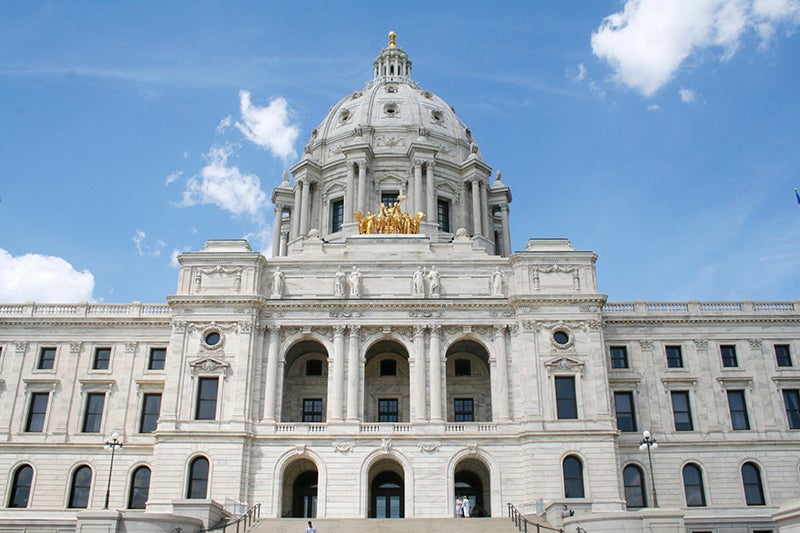When will Minnesota’s tax rebates go out?
Published 6:44 am Thursday, June 1, 2023
|
Getting your Trinity Audio player ready...
|
By Brian Bakst, Minnesota Public Radio News
Distribution of special tax rebates is targeted for September for more than 2.5 million Minnesotans who qualify.
The one-time rebates are $260 per person — maxing out at $1,300 for a family of five. The rebates go to single filers who made less than $75,000 in adjusted gross income in 2021 or married filers who earned twice that.
The $1.1 billion rebate uses a portion of the state’s budget surplus.
In an interview Wednesday, Revenue Commissioner Paul Marquart said the early fall goal for distribution will come in handy.
“That’s going to help pay for groceries, going to help pay for school supplies, help pay for rent, child care,” he said. “That’s going to be very, very valuable to a lot of people.”
The plan is to send out 10 waves of payments over 10 days so not everybody will see their payments at the same time.
Here are some other quick things to know.
Do I have to apply for a rebate?
No.
The Department of Revenue will base payments off of the adjusted gross income on 2021 tax forms. So most taxpayers won’t have to do anything but watch their bank accounts or mailboxes.
People who moved or set up new direct-deposit bank accounts since 2021 will have to provide updated information to the tax agency through a special online portal that will be set up this summer. Your rebate could come electronically or in the mail, depending on how you file your tax returns and the data the state has on file.
If you didn’t file a 2021 tax return in Minnesota, you’re not eligible.
Why is it based on 2021 earnings?
The rebates are not going to be considered taxable income at the state level but it’s still an open question if the federal government will take a bite.
Twenty one states offered rebates in 2022 that were rooted in economic hardship people faced during the pandemic. The Internal Revenue Service determined last year that recipients didn’t have to claim those as income.
Minnesota tax officials hope that by using 2021 as the income year the same exemption will apply to these payments; a ruling from the IRS is pending.
What if a taxpayer has died since then or a family had more children after 2021?
The rebate law says qualifying taxpayers who were alive after Jan. 1, 2023 are eligible.
As for dependents, they had to be claimed on the 2021 tax form. And there is a maximum of three for rebate purposes, with an upper limit of $780.
Do snowbirds or other part-time Minnesota residents get payments?
The law allows for that, but the rebate amount could shrink. According to the Revenue Department, there is a formula that will “reduce payment amounts for part-year residents based on the percentage of the year they lived in Minnesota.”
How does Minnesota’s rebate stack up?
States used all kinds of mechanisms to deliver one-time bursts of money back — through income-based checks, property tax relief, child tax rebates, energy relief payments in the case of Alaska or some combination of programs.
Montana approved a rebate this spring that will send $1,250 to eligible single filers and $2,500 to joint filers. Maine, Colorado, New Mexico and New Jersey also had more generous maximum payments.
Minnesota’s maximum of $1,300 is half the size of what Gov. Tim Walz initially proposed but it would land it toward the upper end of the rebate-style payment list for states that enacted giveback programs.






